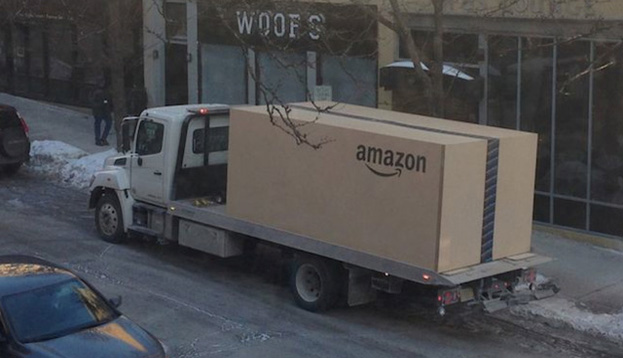Since Amazon’s Prime was launched 9 years ago, the $79 price tag has not risen even though order and shipping costs have increased by quite a bit– shifting the profit from $65 to $34 per user per year. This has all changed with the announcement that Amazon is increasing the cost of the program by $20, or 25 percent, to $99.
Amazon has been recently bulking up their entertainment offerings to become a more direct competitor to Netflix, securing exclusive streaming rights to major TV shows and films. CFO of Amazon,Tom Szkutak denies however that the costs of licensing were a reason why the price would increase.
“Certainly video, Prime Instant Video we are investing [in] very heavily, and so those are certainly costly. Those aren’t the reasons for the price increases that we’re contemplating,” said Szkutak in a January earnings call.
Prime users are big spenders, shelling out an average of $1500 a year as compared to non-Prime users who spend $500. Analyst Carlos Kirjner of Bernstein Research sees the price increase as a positive move for Amazon and doesn’t expect too many Prime memberships to fall off the wagon.
“Amazon would come out ahead if a price increase led to a defection of fewer than 50 percent of Prime users,” said Kirjner.
Kirjner could very well be right. We crunched the numbers to find out the sentiment on Twitter, blogs, news and forums about Amazon’s initiative to find that only 5 percent of folks talking about this change are upset. Even more surprising, 45 percent were actually happy about the price increase. If this directly translates into membership retention, the future bodes very well for Amazon and their shareholders.
Prime members are receiving an email notifying them of their renewal date, when the price amps up to the full $99 but in the meantime, Prime offerings remain the same. Non-Prime members have a week to join before paying the higher price. Students will pay just $49 and Amazon’s new Prime Fresh will continue to charge $299.
Source: Variety
